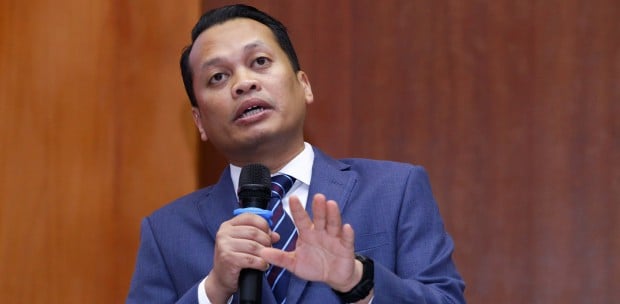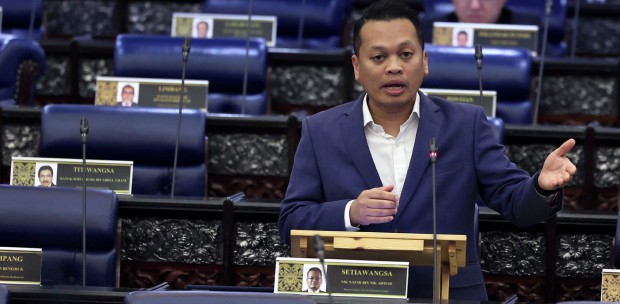KUCHING: Sarawak has been identified as having various valuable minerals estimated to be worth RM1.25 trillion.
Sarawak Deputy Premier Datuk Amar Awang Tengah Ali Hasan said the high estimated value of these mineral resources enables Sarawak to potentially invest in the mining industry, thereby generating substantial returns for the economy.
He said these valuable minerals include gold, non-radioactive rare earth elements (NR-REE), high-quality silica sand and bauxite.
"According to the Minerals and Geoscience Department's report, Sarawak's underground has significant reserves of valuable mineral resources.
"So, the mineral mining sector is one of the focal points in Sarawak's Post Covid-19 Development Strategy (PCDS) 2030, although comprehensive development is still underway, and detailed studies are ongoing," he said.
He said this when met during the 2024 korban ceremony at Surau Wakaf, Taman Indah, Bandar Baru Samariang, here, today.
Awang Tengah said Sarawak is known for its gold, found in Bau and several areas in Sri Aman.
"Gold mining in Bau started as early as 1800 but ceased in 1997.
"However, a Canadian company has confirmed there is still plenty of gold in Bau's underground," he said.
He said he visited Canada last week to see and learn about the country's methods of developing the mining sector.
He said mining is a significant economic sector in Canada, contributing not less than 20 per cent to the gross domestic product, providing numerous job opportunities and impacting the socio-economic fabric of society.
"They (Canada) are involved not only upstream and midstream but also very successfully downstream.
"That's what we want to learn, starting with examining the legal aspects related to the mining sector, and how policies are implemented to develop the mineral sector in Canada," he said.
He said the visit also focused on management and operations, studying their advanced technological practices, as well as research and development in the mining sector in Canada.





